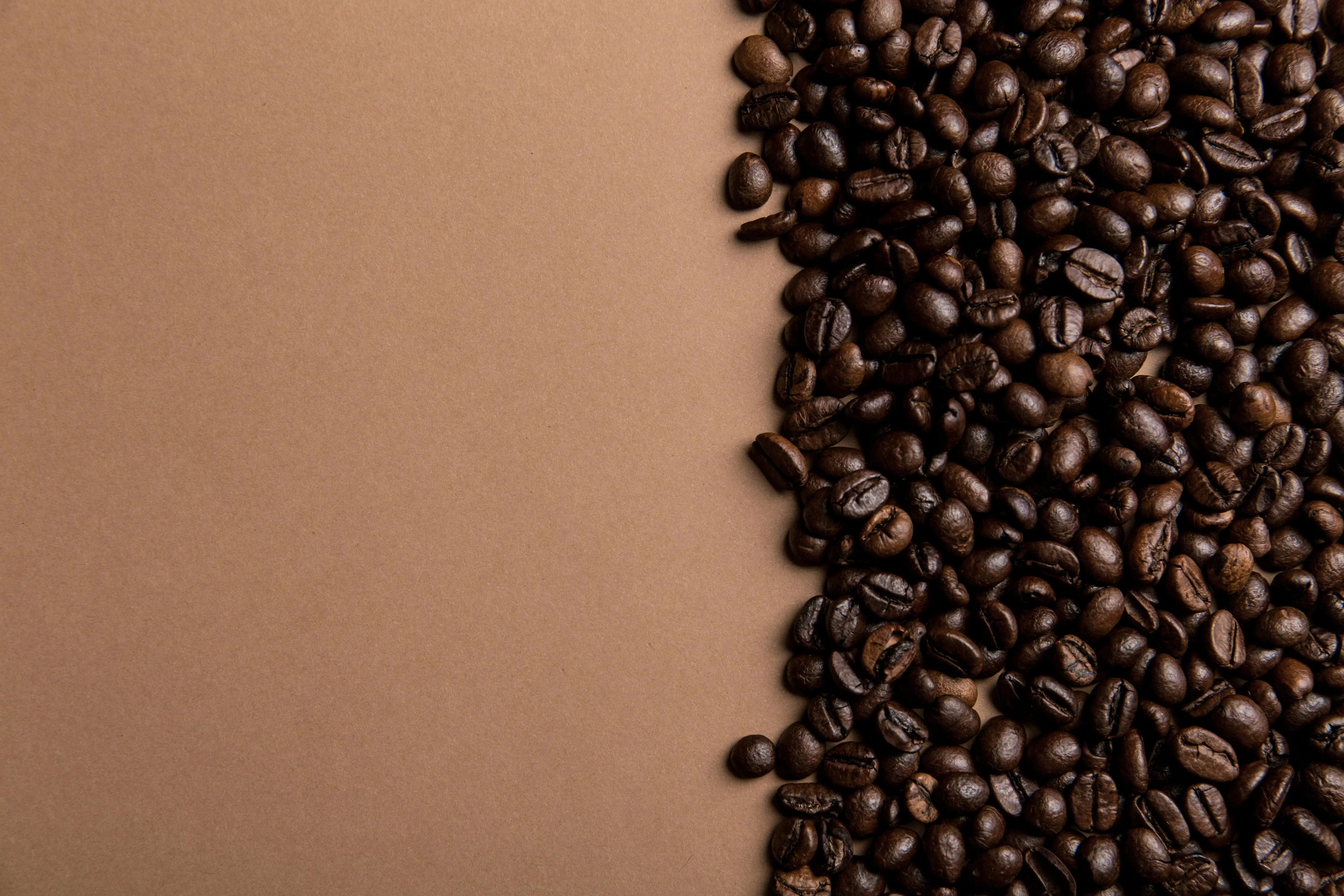The journey from coffee bean to perfect cup hinges on one fundamental process: extraction. This seemingly simple interaction between hot water and ground coffee actually involves complex chemical reactions that determine your coffee's final flavor profile.
Understanding extraction principles and recognizing flavor indicators can transform your coffee experience.

Table of Contents
-
Understanding Coffee Extraction
-
Diagnosing Extraction Problems
-
Under-Extraction
-
Over-Extraction
-
Ideal Extraction
-
-
Professional Tools for Extraction Monitoring
-
Conclusion
-
Frequently Asked Questions
1.Understanding Coffee Extraction
Coffee extraction is the process where hot water dissolves soluble compounds from ground coffee beans. According to the Specialty Coffee Association (SCA), optimal extraction occurs when 18-22% of the coffee's soluble materials are dissolved, creating a brew strength of 1.15-1.45%.
The extraction process follows a specific timeline:
· First 30 seconds: Sourness compounds release rapidly (citric acid, malic acid)
· 30 seconds to 2 minutes: Sweet compounds extract (sugars, alcohols)
· 2-4 minutes: Balanced flavor development (complex aromatics)
· After 4 minutes: Bitter compounds dominate (tannins, chlorogenic acid breakdown)
This timeline explains why timing and technique matter so much in coffee brewing.
2. Diagnosing Your Extraction
2.1 Under-Extraction
Under-extracted coffee results from insufficient dissolution of coffee's essential compounds.

When you encounter this brewing issue, your palate will immediately detect unpleasant sourness. Its telling characteristic is the absence of natural sweetness, as insufficient brewing time prevents water from extracting the sugar compounds that provide coffee's inherent sweetness. Usually, you'll also detect a peculiar salty undertone caused by incompletely dissolved coffee particles and mineral compounds. The finish is jarringly brief, with flavors disappearing almost immediately, leaving no satisfying aftertaste or complexity to savor.
This brewing problem typically stems from grind size being too coarse, water temperature running too low, or brewing time proving insufficient for proper extraction.
2.2 Over-Extraction
Over-extraction presents the opposite problem, releasing excessive bitter compounds that destroy flavor balance.

The dominant characteristic is persistent bitterness that lingers at the back of the tongue, accompanied by a dry, astringent sensation similar to over-tannic red wine. You may also detect burnt or charred notes, along with unpleasant metallic undertones.
Over-extraction typically occurs with overly fine grinds, excessive water temperature, or prolonged brewing times that allow extended contact between water and coffee.
2.3 Ideal Extraction
Ideal extraction achieves perfect harmony between sourness, sweetness, and bitterness, creating a satisfying cup that showcases the coffee's unique characteristics.

You'll taste bright but smooth sourness, natural sweetness that doesn't require added sugar, and a subtle bitterness that adds complexity without overwhelming. The finish is clean and lingering, inviting another sip.
3. Professional Extraction Monitoring
Achieving consistent extraction requires precise control over brewing variables, particularly pressure and flow rate in espresso preparation. The BOOKOO Espresso Monitor Pressure Sensor provides real-time pressure tracking during extraction, allowing you to fine-tune your brewing parameters with scientific precision. Its Bluetooth connectivity enables detailed data analysis through compatible apps, helping you identify extraction patterns and optimize your technique.

When paired with Bluetooth coffee scales, this monitor creates a comprehensive brewing analysis system. The pressure curves reveal exactly what's happening during extraction, transforming guesswork into data-driven brewing decisions.
4. Conclusion
Perfect extraction is achievable through understanding flavor indicators and utilizing precise measurement tools. By recognizing the signs of under and over-extraction, you can adjust your brewing parameters to consistently produce exceptional coffee that showcases each bean's unique character.
5. FAQs
Q1: Is it normal for different coffee beans to require different extraction parameters?
A1: Yes, absolutely. Different origins, processing methods, and roast levels all require unique extraction approaches. Light roasts typically need more extraction than dark roasts, and different bean densities affect optimal grind settings.
Q2: Can I fix over-extracted coffee after it's brewed?
A2: Unfortunately, you can't reverse over-extraction in already brewed coffee. However, you can dilute overly bitter coffee with hot water (creating an americano-style drink) to reduce concentration, though this won't eliminate the bitter compounds already extracted.
Q3: How does the BOOKOO Espresso Monitor help with extraction problems?
A3: The monitor provides real-time pressure and flow data, helping you identify extraction issues as they happen. It connects to apps that track your brewing patterns, making it easier to replicate successful shots and avoid problematic extractions.



Share:
Celebrating BOOKOO’s Second Anniversary: Built Through Challenges, Driven by Progress.
What's the Real Difference between Espresso and Coffee?